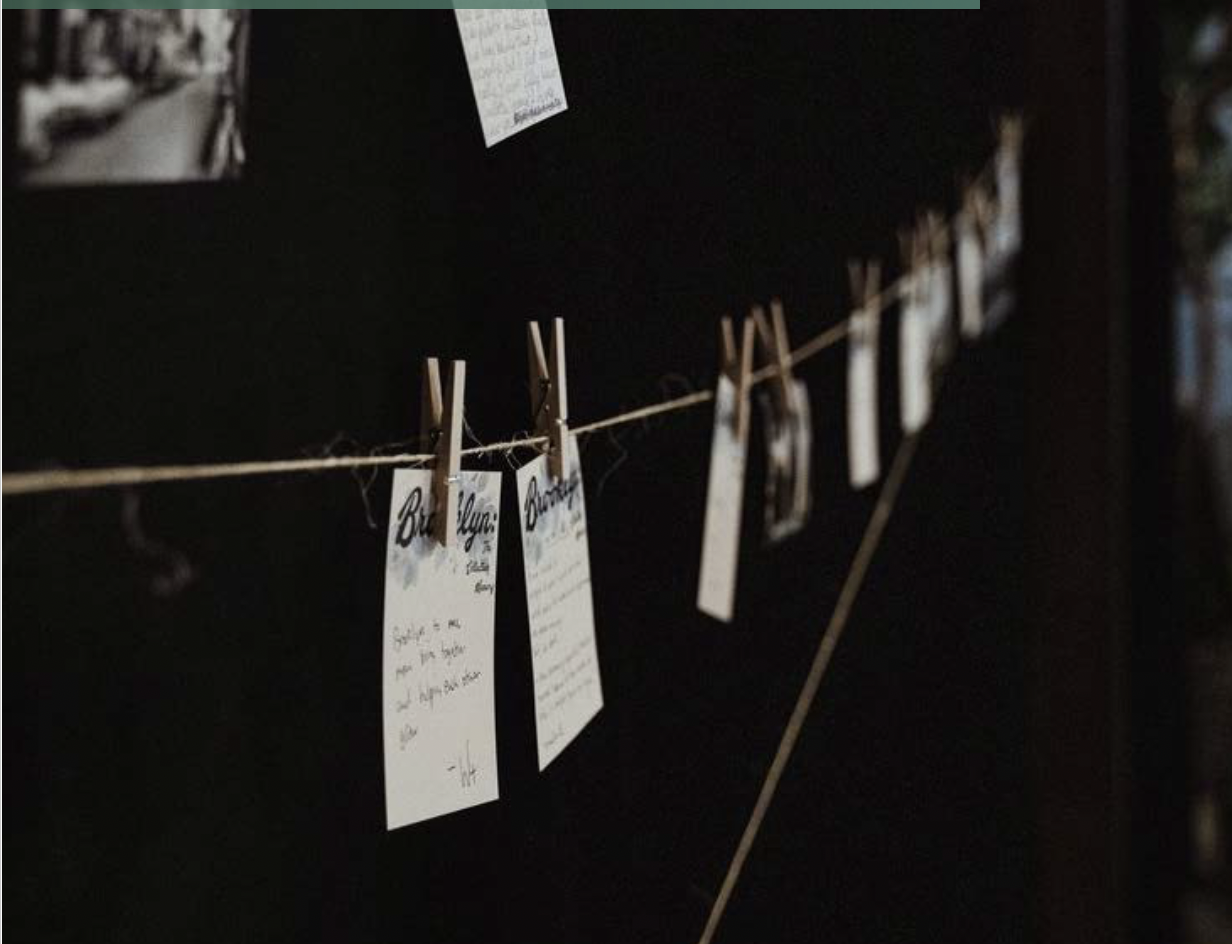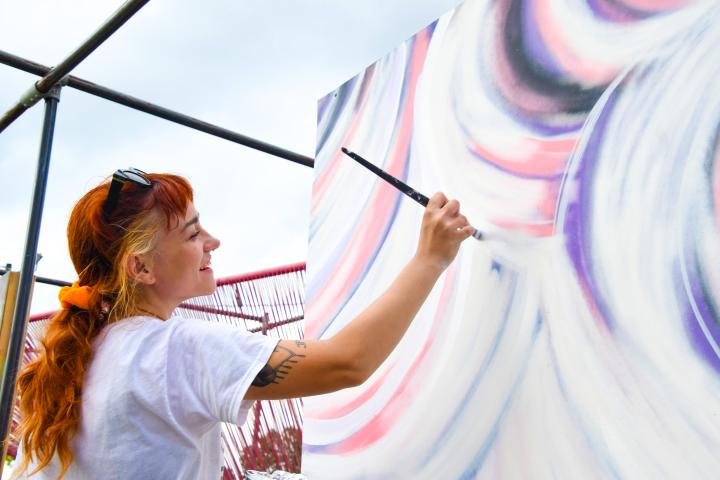
Local Impact Assessment
In May 2024, all grantees who received a local Opportunity Fund award during 2022 or 2023 were asked to complete a form with information about their project, program, or initiative. The project form included information about the grantee, the project goals, the impact of the grant on the grantee and its primary audience(s), what went well and what did not, lessons learned, future plans, etc.
In partnership with the City of Charlotte and in conjunction with the Charlotte Arts and Culture Plan, we analyzed and evaluated these final reports, presenting findings based on information received from 45 of the 67 recipients of 2022 and 2023 Opportunity Fund grants.
Our report focuses on findings related to:
Impact on the grantee
Impact on the audience, participants, and/or community
Challenges reported by the grantee
Audiences and areas of social impact

Overview
67
Grants Awarded
$1.5M
Total Amount Given
67.2%
Response Rate
Opportunity Fund grants directly impacted the individuals, groups, and nonprofit organizations that received them in a material way. These were most often reported in the following areas:
Employment/Income
“...we were pleased to highlight the incredible work of local artists while paying them fair wages.”
76% of grantees reported that the grant allowed them to provide some type of employment or income
Most of the employment opportunities went to local artists and creative workers
Many expressed joy at being able to pay creatives that are often underpaid or uncompensated for their work
Given the limited number of employees in most grantee organizations, the ability to hire skilled creative workers enabled grantees to carry out projects, programs, and initiatives at a level they could not have otherwise achieved.
In some cases, grantees were able to hire other workers to support their projects, such as a security firm that was contracted to increase safety at a large event.
Learning Skills
“I learned a lot about materials and techniques that I didn’t think about before. I also learn about budgeting, and strategies to re-use materials in an effort to stay within budget and/or allocating funds to other expenses I didn’t account for.”
76% of grantees reported that the Opportunity Fund enabled them to learn new skills as an individual or within their group or organization
Sometimes the skills were related, at least in part, to developing areas of creative or artistic expertise
Learning new skills more often involved problem-solving, or capacity building skills within an organization, or administrative abilities to plan, manage, and/or execute a project.
33% of grantees mentioned being able to access a venue they would not have been able to secure without support from the Opportunity Fund.
Materials
49% of grantees mentioned securing needed materials: program supplies, equipment rentals, banners and signage, costumes, installation materials, catering, etc.
Access to Venue
“This kind of impact supported by the Opportunity Fund supports our local arts community in a way that ripples across the diverse art practices in Charlotte.”
“It enabled us to secure a professional and well-equipped performance space at Brooklyn Grace Church.”
33% of grantees mentioned being able to access a venue they would not have been able to secure without support from the Opportunity Fund.
Opportunity Fund grantees reported several other notable impacts:
Community
Social Capital
Confidence/Legitimacy
Innovation
Accessibility
Read the full report to learn more about other key findings

Photos: Banner image by Miguel Sanchez; Footer image from CLT Edgefest
